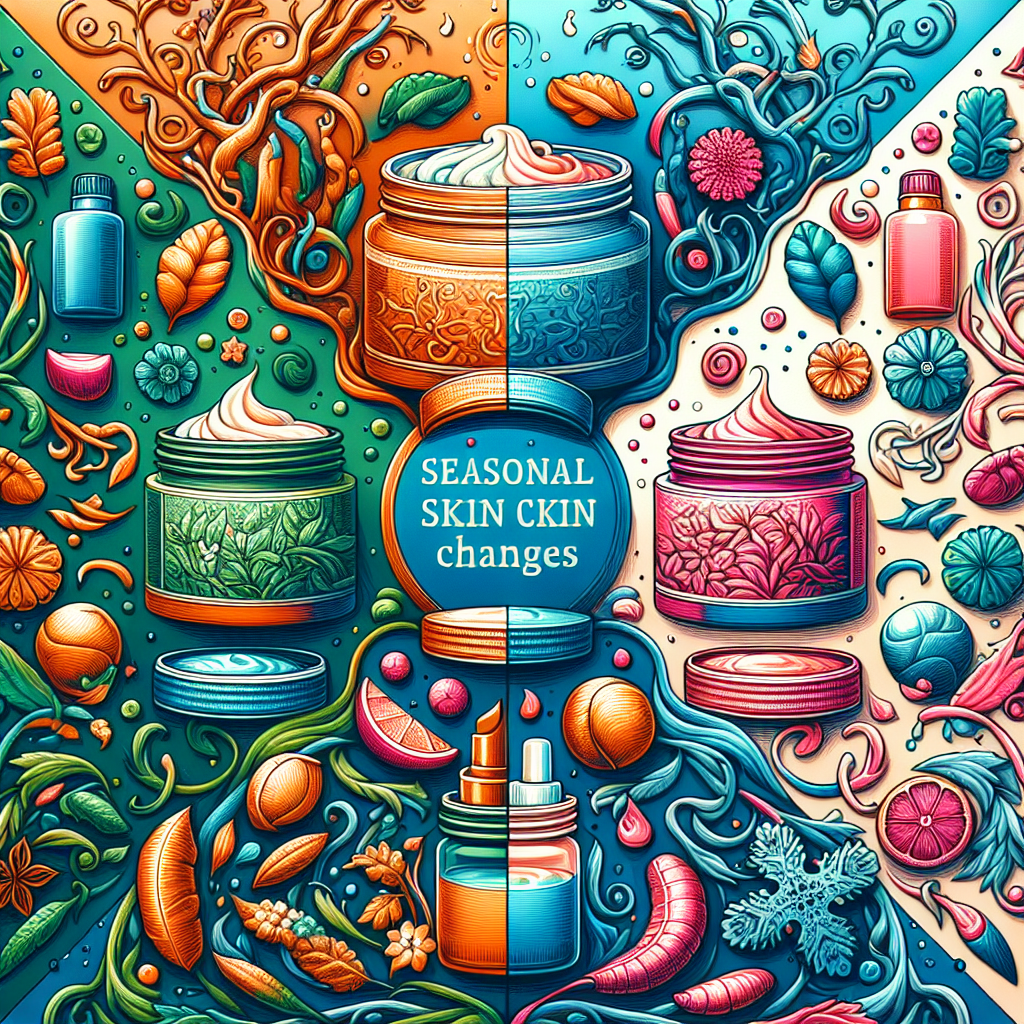As the seasons shift, so do the needs of our skin. What works in the summer may leave your skin dry and flaky in the winter, while winter products might feel heavy and greasy during the warmer months. This article will guide you through understanding seasonal skin changes and provide expert tips for adapting your DIY beauty routines accordingly.
Understanding Seasonal Skin Changes
Our skin is a dynamic organ that reacts to external factors such as weather, humidity, and temperature. Here are some common skin changes that occur with the seasons:
- Winter: Cold air lowers humidity levels, leading to dry, flaky skin and chapped lips.
- Spring: Increased pollen can cause allergies, resulting in irritated, sensitive skin.
- Summer: Heat and humidity can lead to oily skin, acne breakouts, and increased sun damage risk.
- Fall: The transition brings a drop in temperature, which may lead to dryness and irritation as summer products may no longer suffice.
DIY Beauty Routine Tips for Seasonal Changes
Winter Care: Hydrate and Protect
During the cold months, focus on hydrating your skin. Here are some tips:
- Moisturizers: Use heavier creams with occlusive agents like shea butter or coconut oil to lock in moisture.
- Facial Oils: Incorporate facial oils into your routine for extra hydration.
- Humidifiers: Consider using a humidifier indoors to maintain moisture levels in the air.
Spring Care: Soothe and Renew
As allergens arise, switch to soothing products. Here’s how:
- Gentle Exfoliation: Use gentle exfoliants to remove dead skin cells and keep your skin bright.
- Allergy Protection: Consider using products that contain calming ingredients like chamomile or aloe vera.
- SPF: Don’t forget your sun protection; choose a lightweight, broad-spectrum sunscreen.
Summer Care: Balance and Refresh
In the summer, your skin may become oilier. To manage this, try the following:
- Lightweight Moisturizers: Opt for light, gel-based moisturizers with ingredients like hyaluronic acid.
- Regular Cleansing: Increase your cleansing routine to remove sweat and excess oil.
- Natural Astringents: Use witch hazel or apple cider vinegar as a toner to help manage oiliness.
Fall Care: Restore and Nourish
As temperatures drop, your skin will need nutrient-rich products. Here’s how to prepare:
- Hydrating Facials: Create DIY masks with ingredients like pumpkin, honey, and yogurt for nourishment.
- Barrier Protection: Consider using products that strengthen the skin barrier, such as ceramides.
- Transitioning Products: Gradually switch from summer to winter products to avoid extreme changes.
Conclusion
Adapting your DIY beauty routine with the seasons can make a significant difference in maintaining healthy, glowing skin. By understanding the specific needs of your skin throughout the year and making the necessary adjustments, you can ensure your skin remains balanced, hydrated, and radiant, no matter the season.
Remember, everyone’s skin is unique, so it may take some experimentation to find the perfect routine for your skin’s needs.

